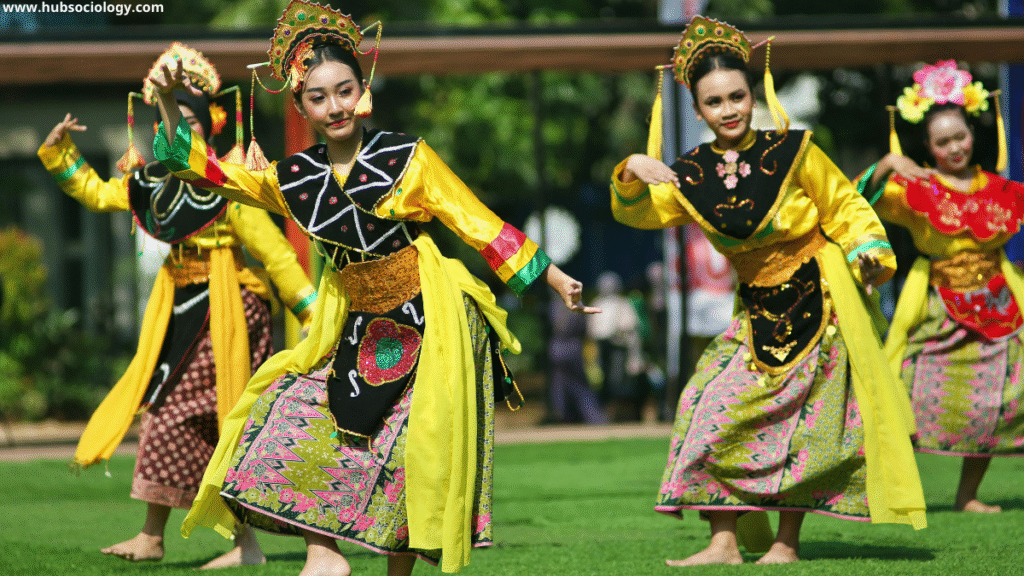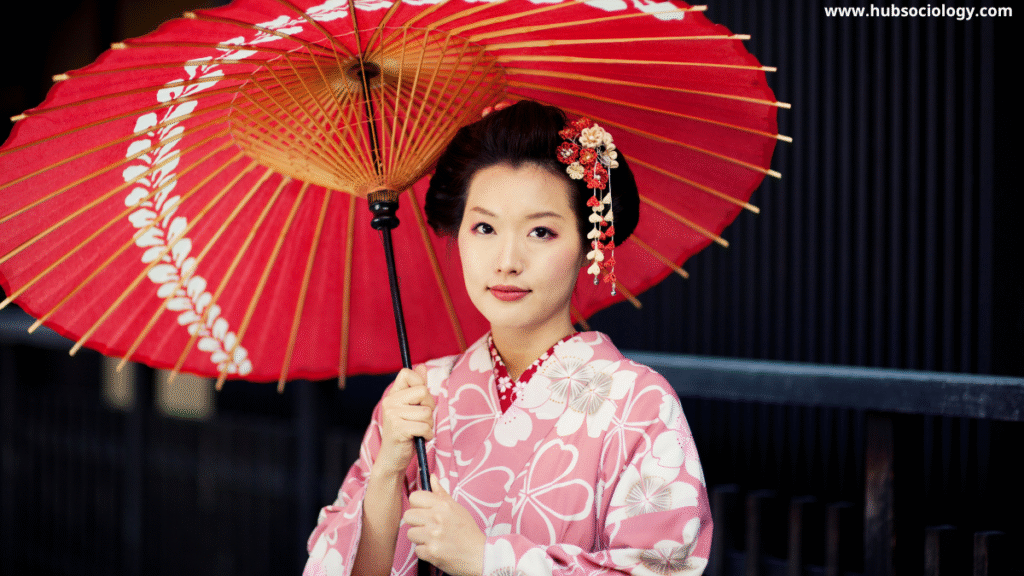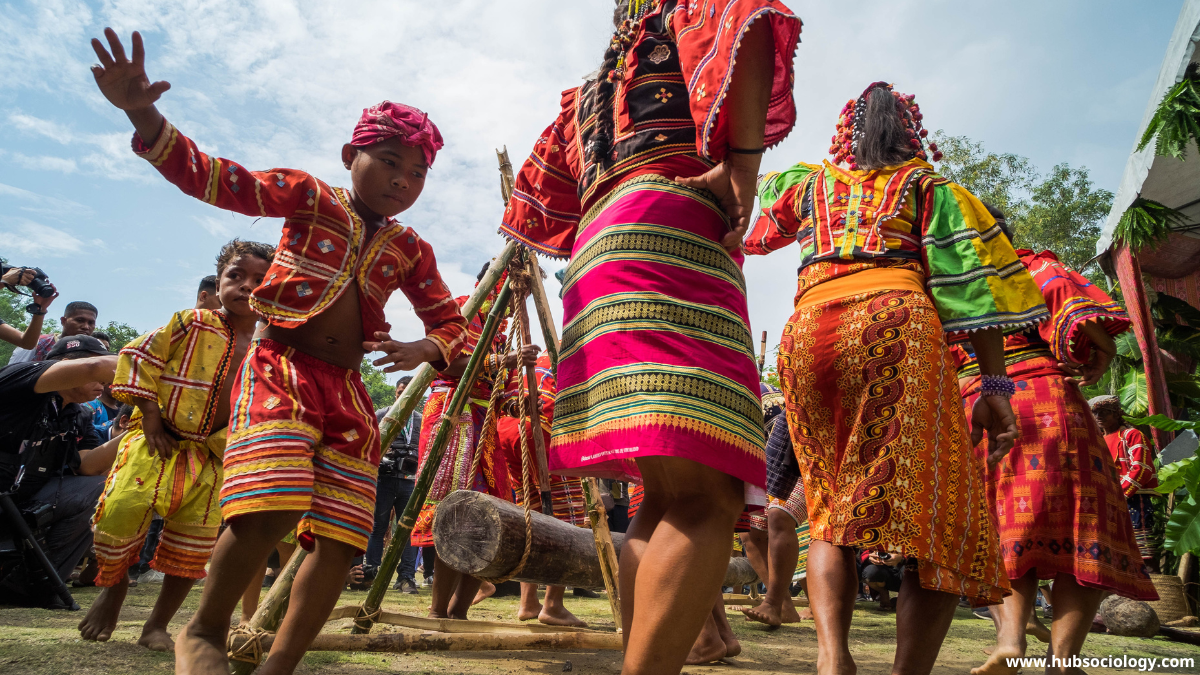Introduction on Social and Cultural Relations
The Indian village community has long been regarded as the backbone of the country’s social and cultural life. Despite modernization, urbanization, and globalization, rural life still holds immense sociological significance. The village remains the fundamental unit of India’s social structure, where human relationships are governed not merely by economic interests but by cultural traditions, social norms, kinship ties, and community solidarity.
Understanding the social and cultural relations in a village community from a sociological perspective helps us grasp the dynamics of rural society, the mechanisms of social control, and the processes of change and continuity that shape the lives of millions.

Table of Contents
1. The Sociological Context of Village Life
Sociologically, the village community represents a microcosm of traditional society, where relationships are more personal, direct, and interdependent. Ferdinand Tönnies’ concept of Gemeinschaft (community) aptly describes the social organization of villages — marked by close-knit social bonds, collective responsibility, and emotional attachment. Unlike the impersonal, contractual relations of urban life (Gesellschaft), village relations are organic and built on kinship, caste, religion, and tradition.
In India, the village has historically been the center of social organization, where family, kinship, and caste determine the structure of relationships. Social life in villages is embedded in customs, rituals, and moral values that ensure social cohesion and cultural continuity.
2. Kinship Relations and Family Structure
Kinship is the foundation of social relations in village communities. It provides individuals with identity, security, and social status. The extended family system, often joint in nature, dominates rural society. Members of a joint family live together, share property, and perform religious and social functions collectively. This structure promotes cooperation and interdependence.
Kinship ties extend beyond the family to include gotra, clan, and lineage relations. These ties influence marriage alliances, social support networks, and even political affiliations. In many villages, kinship networks serve as informal systems of social security — offering help in times of illness, financial distress, or social conflict.

Moreover, kinship regulates social behavior through norms such as respect for elders, collective decision-making, and maintaining family honor. Thus, it plays a crucial role in maintaining the social fabric of village life.
3. Caste and Social Hierarchy
Caste has historically been the most important determinant of social and cultural relations in Indian villages. The village is often described as a “microcosm of the caste system,” where various castes coexist in a hierarchically organized structure. Traditionally, each caste had a specific occupation, ritual status, and social role.
The higher castes, such as Brahmins and landowning groups, enjoyed social prestige and authority, while lower castes engaged in service and manual work. This system, though rigid in earlier times, ensured interdependence through the Jajmani system — a traditional arrangement of economic and social exchange among castes.
However, with modernization, land reforms, and democratic values, caste-based hierarchy has been weakening. Education, migration, and economic mobility have led to the gradual erosion of caste barriers, though caste consciousness still persists in marriage, politics, and social interaction.
4. Religion and Cultural Integration
Religion forms the moral and cultural backbone of village life. Temples, mosques, and local shrines are not merely places of worship but centers of social gathering and cultural exchange. Religious festivals like Holi, Diwali, Eid, Durga Puja, or Onam play a vital role in strengthening community ties.
Rituals and religious ceremonies mark important life stages — birth, marriage, and death — and reinforce cultural values such as respect for elders, community cooperation, and belief in divine order. Even local deities and folk traditions have deep roots in the rural social consciousness, blending spirituality with social harmony.
Religion also acts as a mechanism of social control by promoting conformity to established moral codes and discouraging deviant behavior. The collective participation in religious events enhances the sense of belonging and solidarity among villagers, thereby preserving cultural continuity.
5. Community Cooperation and Social Solidarity
One of the most distinctive features of village life is the high degree of cooperation among its members. Rural communities function through mutual help and collective participation in activities such as agriculture, irrigation, construction of roads, and celebration of festivals.
This cooperative spirit is evident in traditional practices like mutual labor exchange (Parab, Pahini, Halpati) and community decision-making through the Panchayat. The Gram Panchayat — both in its traditional and modern democratic form — serves as a symbol of local governance and community self-rule.
Émile Durkheim’s concept of mechanical solidarity aptly applies to rural society, where social cohesion is based on shared beliefs, values, and collective consciousness. Social relations are guided more by sentiment and morality than by legal or contractual obligations.
6. Cultural Traditions and Folk Practices
Village culture is deeply rooted in traditions passed down through generations. Folk songs, dances, stories, and rituals reflect the moral, emotional, and spiritual life of the community. These cultural expressions not only entertain but also educate and reinforce collective identity.
Marriage customs, agricultural festivals, and folk dramas (like Jatra, Nautanki, or Bhaona) act as occasions of cultural interaction and inter-caste participation. They symbolize the blending of social and cultural relations within the village framework.
Language, dialects, dress, and food habits also reflect the unique cultural character of each village, while simultaneously expressing regional diversity within national unity.
7. Social Control and Conflict Resolution
Informal social control mechanisms maintain order and discipline in rural society. Social institutions such as the Panchayat, Caste Councils (Jati Panchayat), and elders’ assemblies play a vital role in resolving disputes, enforcing norms, and mediating conflicts.
These institutions operate on the basis of community consensus rather than legal coercion. Deviations from social norms often lead to social sanctions like ostracism, boycott, or moral reprimand, ensuring conformity and social stability.
At the same time, changes in land ownership, political rivalry, and economic inequality sometimes create tensions within the community. Yet, the collective nature of village life often provides mechanisms for negotiation and reconciliation, preserving the overall harmony.
8. Modernization and Changing Social Relations
The introduction of modern education, transport, communication, and democratic institutions has significantly altered the social and cultural landscape of villages. Migration to cities, exposure to mass media, and the influence of market economy have weakened traditional forms of authority and kinship-based relations.
Caste boundaries are becoming fluid, gender roles are changing, and youth are increasingly oriented towards individual aspirations rather than collective obligations. However, while these forces of modernization challenge traditional structures, they also open new avenues for social mobility, awareness, and empowerment.
Thus, the village today represents a dynamic blend of tradition and modernity — a space where old cultural patterns coexist with new social realities.
9. Conclusion on Social and Cultural Relations
The social and cultural relations in a village community form the essence of rural life and reflect the intricate web of kinship, caste, religion, and cooperation. From a sociological perspective, these relations are not static but evolving systems that balance continuity with change.

The Indian village, though influenced by modernization, continues to embody the spirit of community living, mutual aid, and cultural richness. Its social organization teaches lessons of collective responsibility, moral integrity, and harmonious coexistence — values that remain relevant even in the context of an increasingly individualistic world.
Do you like this Article ? You Can follow as on :-
Facebook – https://www.facebook.com/hubsociology
Whatsapp Channel – https://whatsapp.com/channel/0029Vb6D8vGKWEKpJpu5QP0O
Gmail – hubsociology@gmail.com
Topic-Related Questions on Social and Cultural Relations
5 Marks on Social and Cultural Relations
- What is the role of kinship in shaping social relations in a village community?
- Explain the concept of the Jajmani system.
10 Marks on Social and Cultural Relations
- Discuss the influence of caste and religion on the social organization of Indian villages.
- How does modernization affect traditional social and cultural relations in rural India?
15 Marks on Social and Cultural Relations
- Examine the social and cultural relations in Indian village communities from a sociological perspective.
- Analyze how social solidarity is maintained in village life through traditional institutions and cultural practices.
